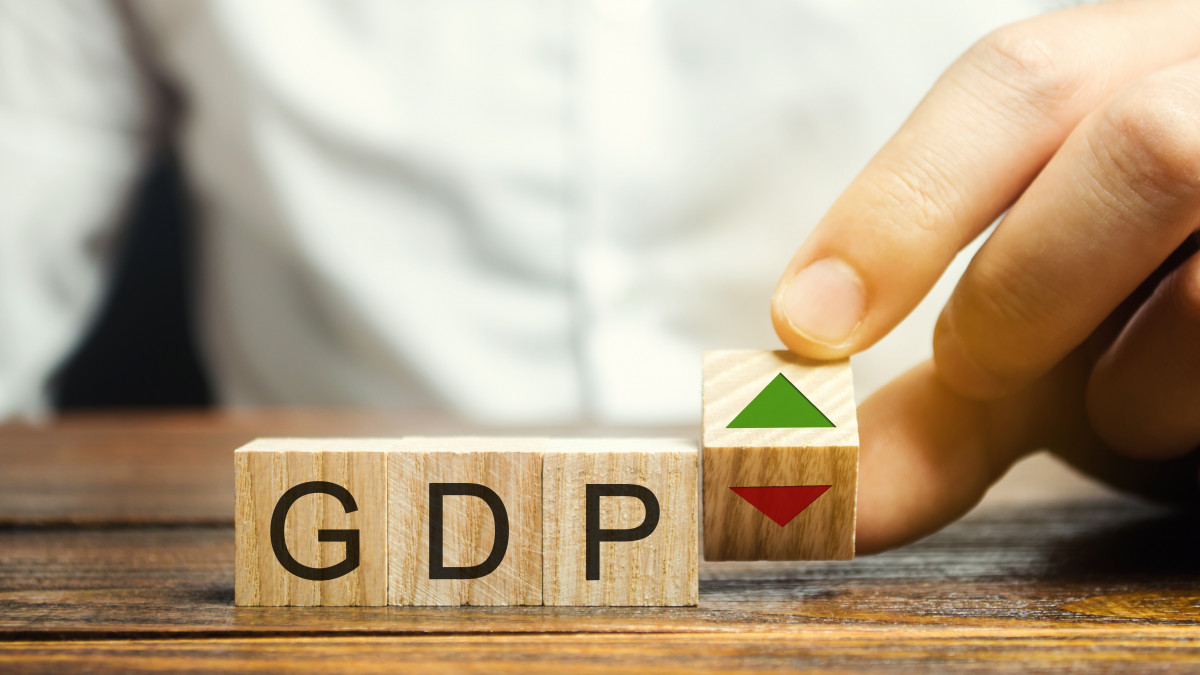Although many economists expect a recession abroad this year, the world’s largest economy expanded an annual 2.9 percent between September and December, according to data from the Washington-based Commerce Department. The performance somewhat exceeded analysts’ expectations for growth of 2.6 percent. The trend slowed compared to the third quarter of last year, because the expansion was 3.2 percent between July and the end of September.
The current data confirms statements that the rate-raising policy of the Federal Reserve, which plays the role of the US central bank, since March – which increased the number by 4 percent for the year – is working to dampen demand and thus the economy. The Fed raised interest rates by 0.75 percentage point increments to curb accelerating inflation. However, these steps cause a portion of investors’ money to flow from the stock exchanges into US government securities that promise more risk-free and stable returns – even from abroad.
The Fed is expected to raise interest rates by a quarter point from the current range of 4.25 percent to 4.5 percent at its weekly meeting as it decides how much to rein in the economy as inflation appears to have peaked. Officials broadly support keeping the key US interest rate above 5 percent and staying at that level at least until the end of the year. All of this indicates that more hikes in interest rates can be expected after the February decision.
Offshore GDP data is the latest sign of this
The world’s leading economy has proven to be more resilient than expected
Significantly higher borrowing costs. At the same time, it also shows that the Fed’s actions are starting to take their toll.
“At first everything looks fine,” said James Knightley, ING’s chief international economist. “But when we look behind the lid, we see worrying signs: the momentum is running out.”
Growth in the fourth quarter of 2022 was driven in part by corporate warehousing, particularly in the manufacturing and utilities sectors. Consumer spending, one of the main drivers of the US economy, also grew steadily, at 2.1 percent, the Financial Times reported in its coverage.
And as another sign of weakness, investments fell by 6.7 percent,
Real estate-related investment shrank by 26.7 percent year on year.
Business investments rose by only 0.7 percent.
For the year as a whole, gross domestic product grew by 1 percent, which is down from the 5.7 percent increase in 2021.
Many economists expect the United States to slide into recession this year.
Opening photo: Andrii Yalanskyi/Getty Images












































